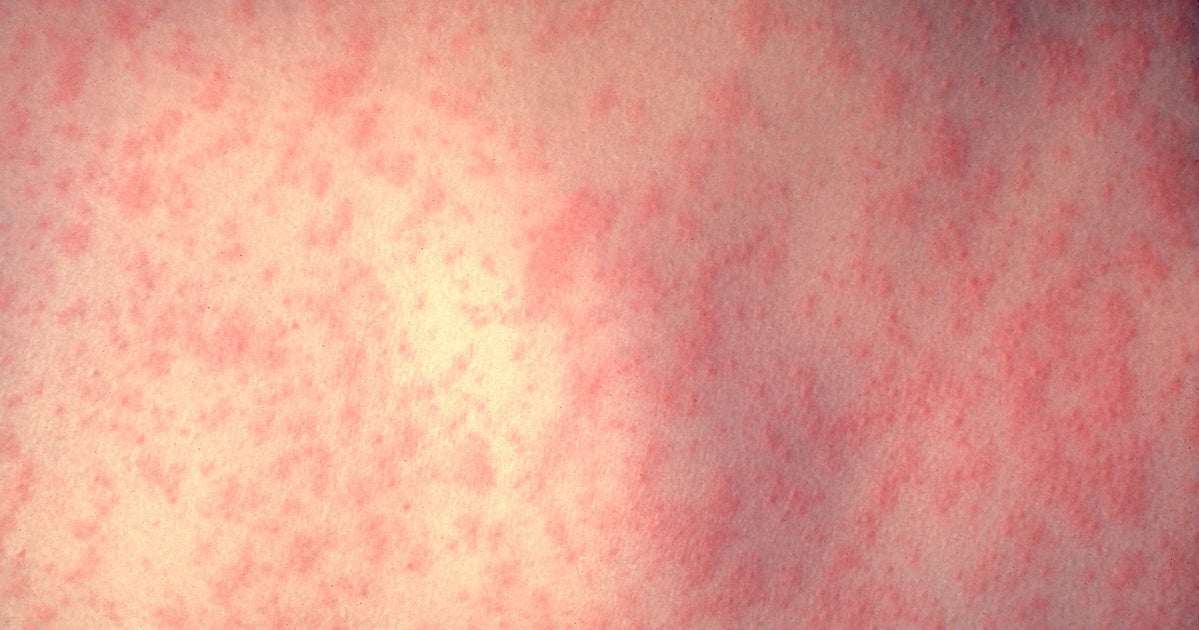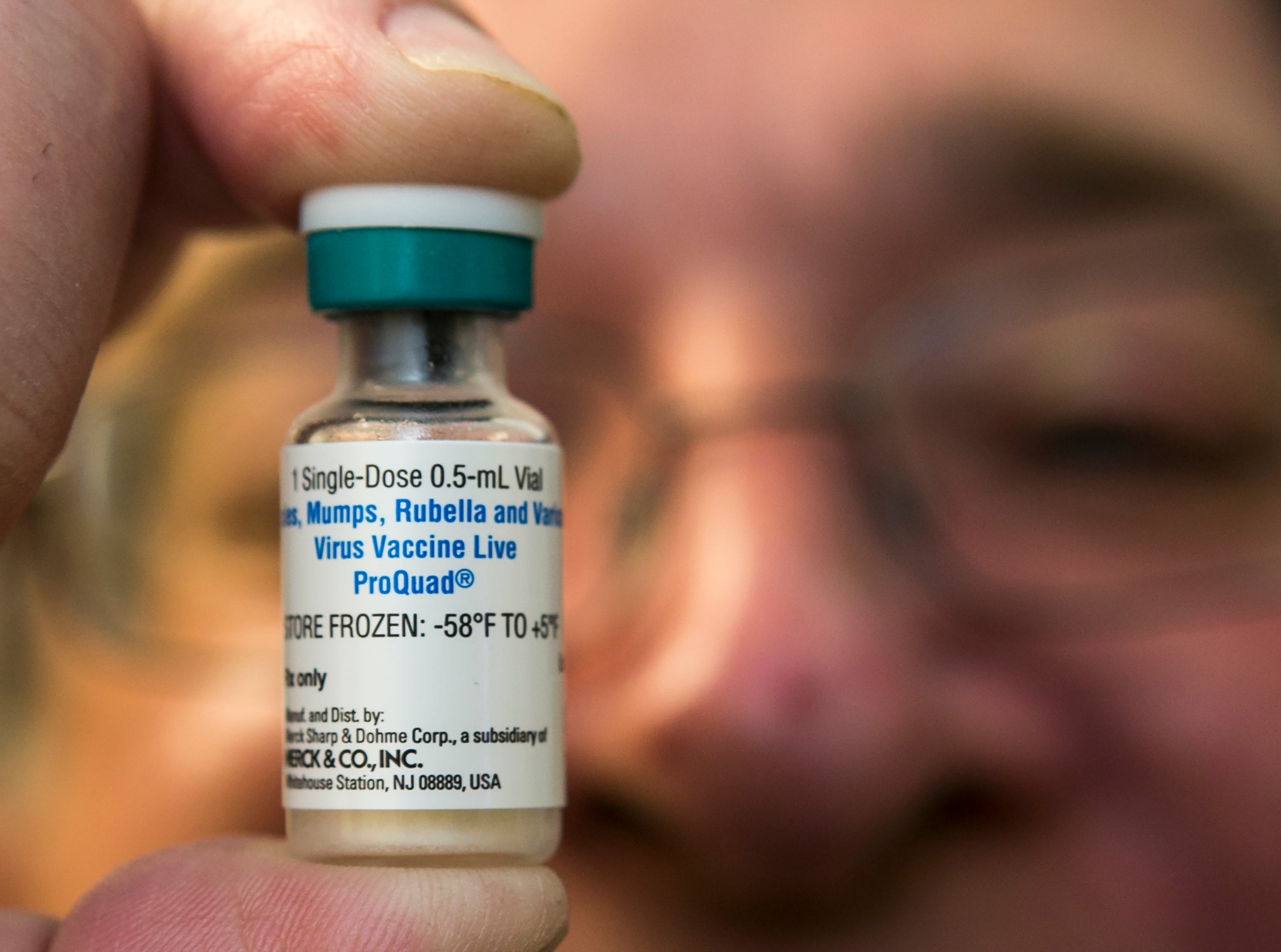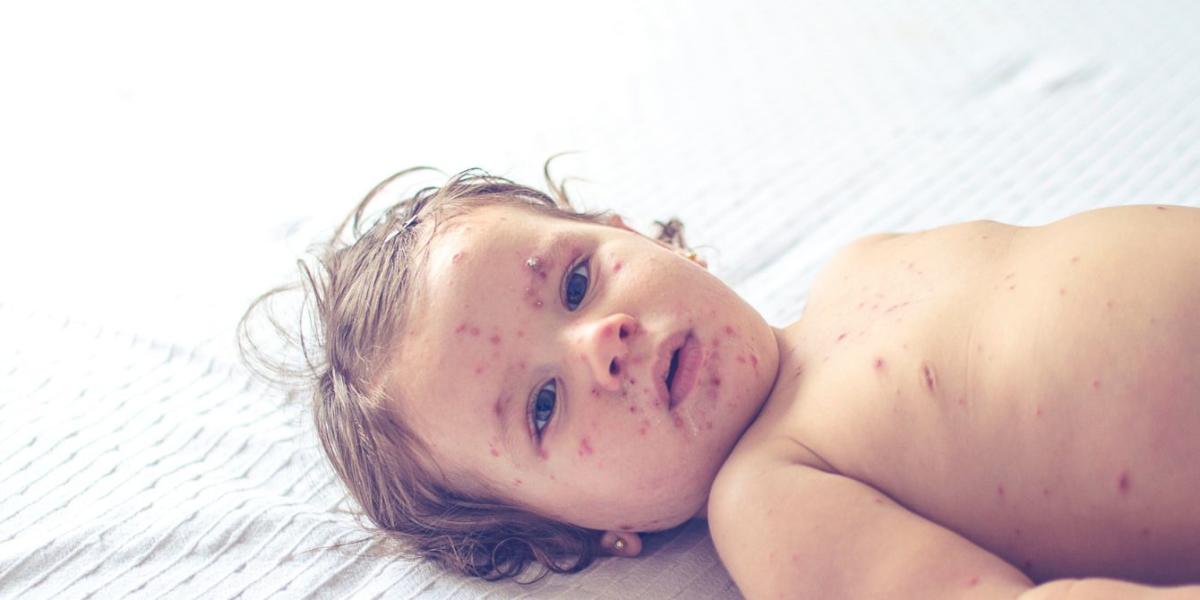
Philadelphia is currently experiencing a measles outbreak, with eight confirmed cases as of Friday. The outbreak began in mid-December when an infant was hospitalized at Children's Hospital of Philadelphia with the virus. Two other unvaccinated children contracted the virus: an infant too young to have been vaccinated and an eligible child whose parents had refused to vaccinate, according to HuffPost.


